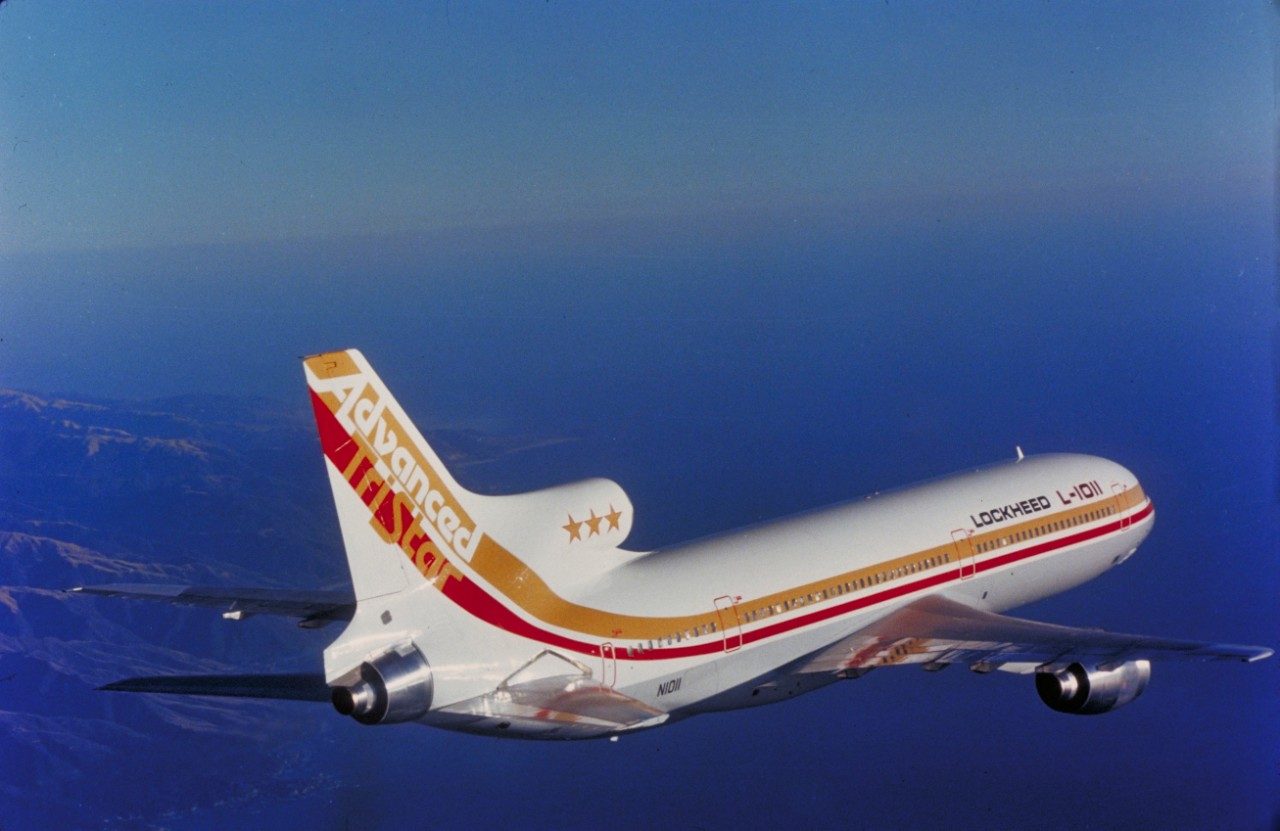An airplane with many innovations, including toilets
The introduction of the Lockheed L-1011 TriStar plane dates back to the 1970s (it was introduced on passenger services on April 26th, 1972), and since then, airline operators such as TWA have considered the aircraft one of the safest in the world, while those such as Delta Air Lines were also massive supporters. The plane was produced in 250 units precisely between 1968 and 1984, and a peculiarity those flying on the plane would have surely noticed was a curved row of lavatories at the back of the widebody trijet, which means the airliner has a fuselage wide enough to accommodate two passenger aisles with seven or more seats abreast.
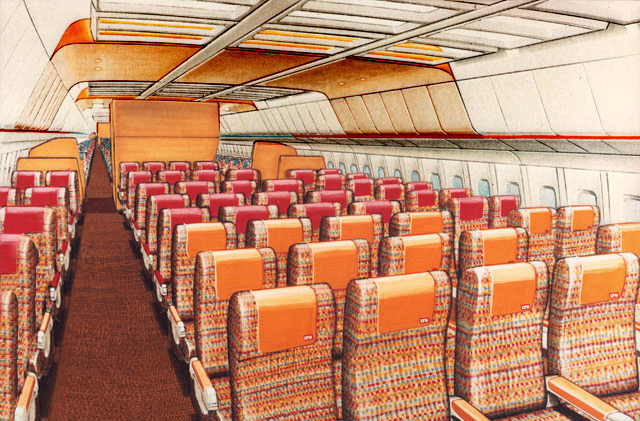
In addition, the Lockheed L-1011 came with numerous cabin innovations.
- Two-by-two seating, meaning you are never more than a step away from the aisle;
- Two extra-wide aisles also make it easier to move about and for hostesses to serve.
- A below-deck gallery serves up restaurant-style meals on special carts via a pair of elevators.
- Double-width doors to get on and off easier and faster;
- Overhead compartments to safely hold briefcases or small articles and center divider compartments where you can hang in suits;
- Reclining room and legroom with seat rows spaced widely apart and headroom to eliminate stooping to get in and out of the windows seats;
- Glare-resistant windows;
- Wider seat armrests give every passenger greater comfort.
- And separated cabins with room-height ceilings and straighter walls make you feel more at home.
A quieter power, particularly on takeoffs and landings, made the L-1011 a good neighbor to those who lived or worked near airports, being the quietest of the big jets with a distinct engine configuration that also reduces sound in the passenger cabin.
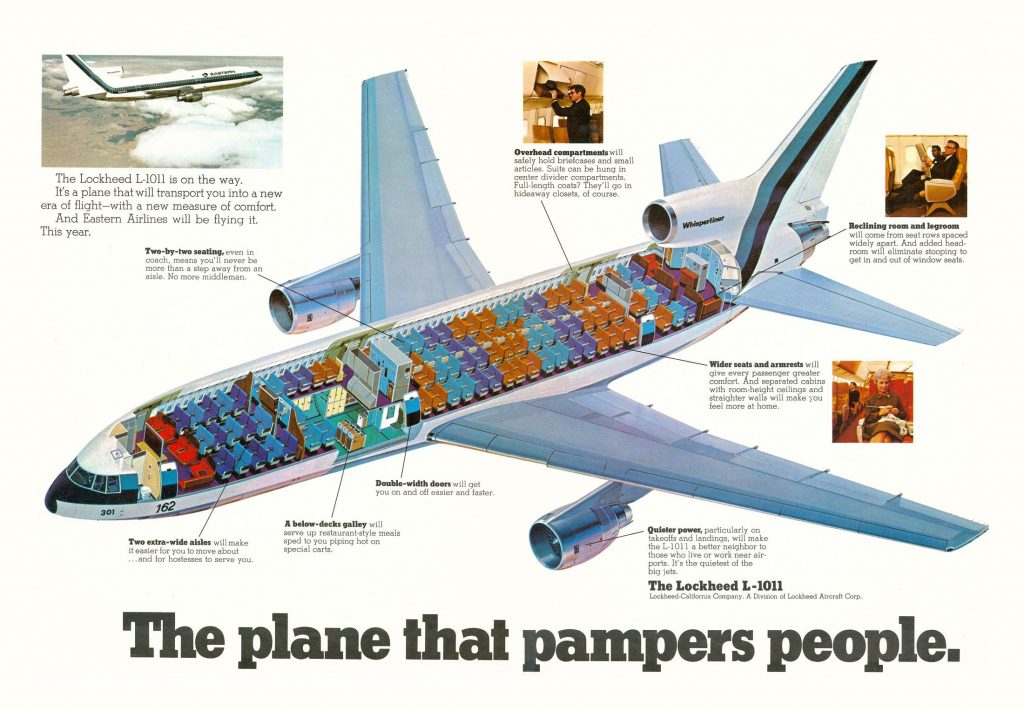
Therefore, this plane has been dubbed the Whisperliner due to its quiet takeoffs. However, while the main cabin may have been all peace and quiet, it’s not the same for the rear.
Anyway, the peculiarity of this aircraft was also in its bathrooms, which were placed at the back and wrapped around the plane’s rear bulkhead. The toilets were right under the intake of the aircraft’s number two engine. The noise was really loud, and the sucking sound was particularly annoying.
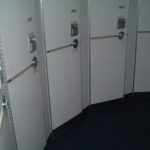
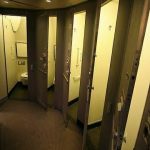
This configuration would allow for up to five bathroom units at the back of the aircraft.
Airlines could put up the same number of units in the back of the plane if their bathrooms were configured in this way. Similar settings were found in several of the L-1011’s predecessors and contemporaries, such as the DC-8.
Many widebodies feature only up to four washrooms at the rear. Since the galleys on the L-1011 were underfloor, space may not have been needed on the main deck for this area.
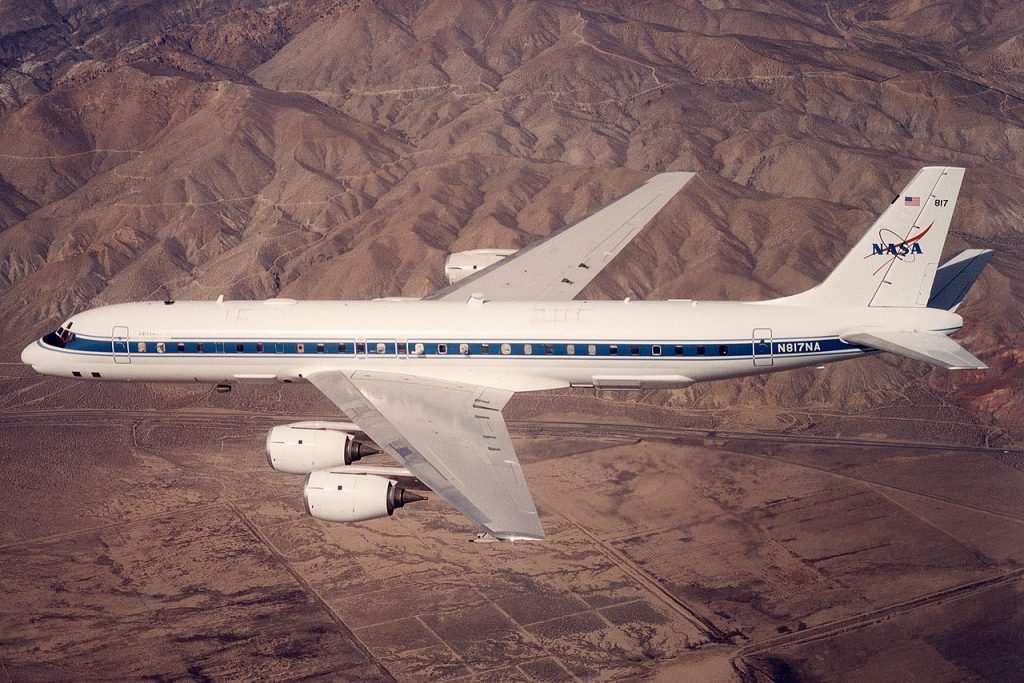
The Rubenerd website remarks that this semicircular arrangement was dubbed Cannery Row by Lockheed workers.
Overall, we’ve grown accustomed to the typical toilet layouts found in passenger jet airplane configurations by Airbus and Boeing. Even these productions, though, may have unique bathroom settings.
For instance, Lufthansa’s A340-600 has downstairs toilets. Passengers who need to use the toilet have to take a trip down a flight of steps to the plane’s cargo hold.
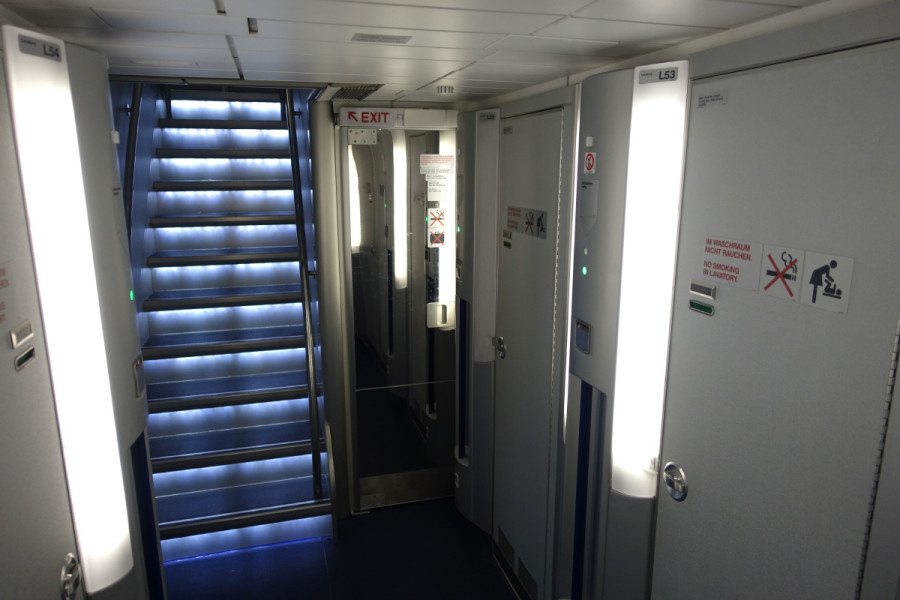
One thing that correlates between the toilets in the L-1011 and those found on modern aircraft is the lack of space. However, this aspect may soon change as the likes of AirGo are drawing up concepts to offer more space in the bathroom and make it more accessible for wheelchair users without reducing passenger capacity on the plane.

